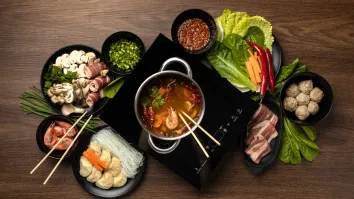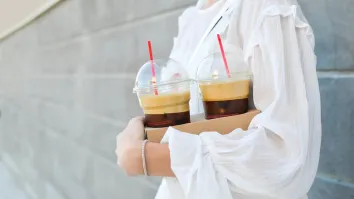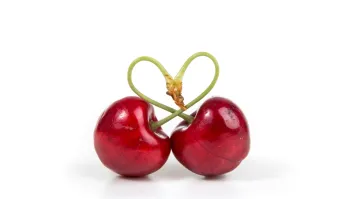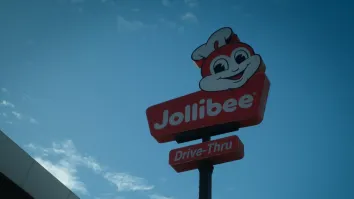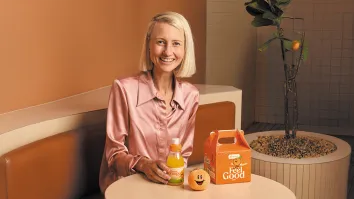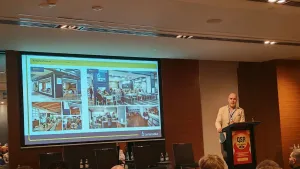4 ideas on what's next for nutrition labelling
By Sarah PattersonThe aim of nutrition labelling is informing consumer decisions, giving them the ability to make healthier choices. Traditionally the domain of retail the restaurant industry is now a part of the focus due to the significant amount of food consumed outside the home.
Since its introduction onto retail packaging in 2005, the types and availability of nutrition information has greatly increased. From kJ labelling, percent daily intake guide to endorsement programs, traffic-light labels and nutrient profiling, what is next for nutrition labelling?
Traffic light labelling
Including multiple traffic-light labels (MTL) on both retail packaging and restaurant menu boards was recommended in the 2011 Review of Food Labelling Law and Policy. The Government did not support this recommendation due to lack of evidence showing MTL changed purchase decisions. They did support development of a voluntary interpretative front-of-pack labelling system. The proposed system is a three-star ranking system, similar to the energy ranking used on appliances, underpinned by a version of FSANZ nutrient profiling scoring criterion.
Mobile technologies
Mobile technologies extend nutrition labelling beyond packaging or menu boards. Using barcodes consumers can access additional information such as extra nutrition information, dietary requirements or healthy eating guidelines. This technology also provides a platform for third-parties to present product information. The FoodSwitch App is an example of this. It provides nutrition information and traffic light-style colour-coded ratings for four nutrients (total fat, saturated fat, sugar and salt) and a list of alternative healthier choices. In the US, Fooducate uses a similar approach that it has extended to include QSR options.
Crowd-sourcing
Crowd-sourcing is an extension of these mobile technologies, the difference being that rather than nutrition information coming from manufactures, it is generated by multiple, largely unknown people. Apps such as MealSnap and the Eatery let users receive nutrition information for their meal based on a photo they submit and input from other app users. Interestingly, research from Harvard showed that crowd-sourced nutrition information could be as accurate as traditional nutrition information.
Augmented reality
Augmented reality is basically enhancing our physical environment via computer-generated input such as graphics, and GPS data. For nutrition this could mean, providing on-the-spot, tailored, nutrition advice on menu item selections or walking down the street and seeing nutrition rankings of establishments displayed in front of you.
Top three considerations for nutrition information
Whether it’s through interpretive-labelling, smartphone apps or augmented reality, it is likely that the next step for nutrition information will involve a third-party telling part of your brands nutrition story. To best inform these conversations, here are three considerations for your nutrition information
1. Understand your goal
If you’re putting resources into nutrition information you want to know it is meaningful and contributing to your business. Identify why you’re providing information, is it purely to meet regulatory requirements, inform customers, or support a public health goal?
2. Make it accessible
Ensuring customers can get information easily, when they need it means they do not need to rely on third-parties and you can ensure up-to-date, accurate information is used.
3. Be consistent
Consistency, both within your brand and within the industry or marketplace, is important to reduce confusion and build brand trust. Local regulations, even if they don’t strictly apply to you, or industry best practice is a helpful place to start.



